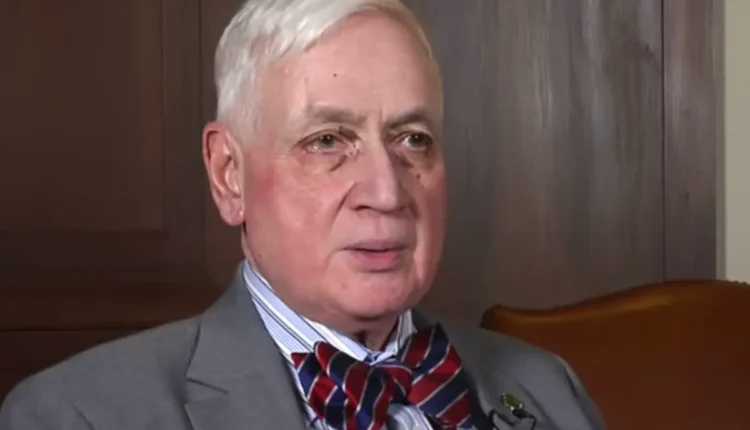Chandra Kumar Naranbhai Patel, born on 2 July 1938 in Baramati, India, is a name etched in the annals of scientific history for his remarkable contributions to laser technology and scientific innovation. From his humble beginnings in Poona, India, to his pioneering research at Bell Laboratories and beyond, Patel’s journey is a testament to the power of curiosity, dedication, and ingenuity.
Early Years and Education of Chandra Kumar Naranbhai Patel
Patel’s academic journey commenced at the College of Engineering in Poona, India, where he earned his Bachelor of Engineering degree. His thirst for knowledge and passion for scientific inquiry led him to pursue further studies in the United States.
At Stanford University, Chandra Kumar Naranbhai Patel earned both his Master of Science and Ph.D. in Electrical Engineering, laying the foundation for his groundbreaking research in the years to come.
Breakthrough Discoveries at Bell Laboratories
Upon joining Bell Laboratories in 1961, Chandra Kumar Naranbhai Patel embarked on a journey of exploration and discovery that would revolutionize the field of laser technology. In 1963, he made a groundbreaking discovery—the laser action on the vibrational-rotational transitions of carbon dioxide.
This seminal finding paved the way for his invention in 1964 of efficient vibrational energy transfer between molecules, unlocking the potential for high-power output and efficiency in carbon dioxide lasers.
Patel’s work marked a watershed moment in the history of science, with the carbon dioxide laser emerging as a transformative technology with far-reaching implications for industrial, scientific, medical, and defense applications.
Pioneering Studies in Infrared Nonlinear Optics
Undeterred by his early successes, Chandra Kumar Naranbhai Patel continued to push the boundaries of scientific knowledge. In 1966, he embarked on pioneering studies in infrared nonlinear optics, laying the groundwork for a new field of inquiry.
His crowning achievement came in 1969 with the invention of the spin-flip Raman laser, a breakthrough in tunable infrared lasers. This groundbreaking innovation not only expanded the frontiers of scientific exploration but also paved the way for practical applications in fields ranging from spectroscopy to atmospheric pollution detection.
Contributions to Environmental Science and Medical Technology
Throughout his illustrious career, Patel remained committed to harnessing the power of science for the betterment of society. His work in atmospheric pollution detection, culminating in the development of a tunable laser opto-acoustic measurement technique, provided crucial insights into the environmental challenges facing our planet.
Furthermore, his contributions to medical technology, particularly in the application of carbon dioxide lasers in surgical procedures, have saved countless lives and transformed the practice of modern medicine.
Academic Leadership and Recognition
In addition to his groundbreaking research, Chandra Kumar Naranbhai Patel has played a pivotal role in shaping the future of scientific inquiry. From 1993 to 1999, he served as Vice Chancellor for Research at the University of California, Los Angeles, where he also held professorial positions in Physics and Electrical Engineering.
Chandra Kumar Naranbhai Patel’s leadership and mentorship have inspired countless aspiring scientists to pursue their passions and make a difference in the world.
Legacy and Honors
Over the course of his distinguished career, Chandra Kumar Naranbhai Patel has been the recipient of numerous accolades and honors. In 1996, President Bill Clinton awarded him the National Medal of Science in recognition of his fundamental contributions to quantum electronics and the invention of the carbon dioxide laser.
His groundbreaking work has also been recognized by prestigious organizations such as the IEEE, APS, OSA, and the National Academy of Engineering, cementing his legacy as one of the preeminent figures in the history of science.

